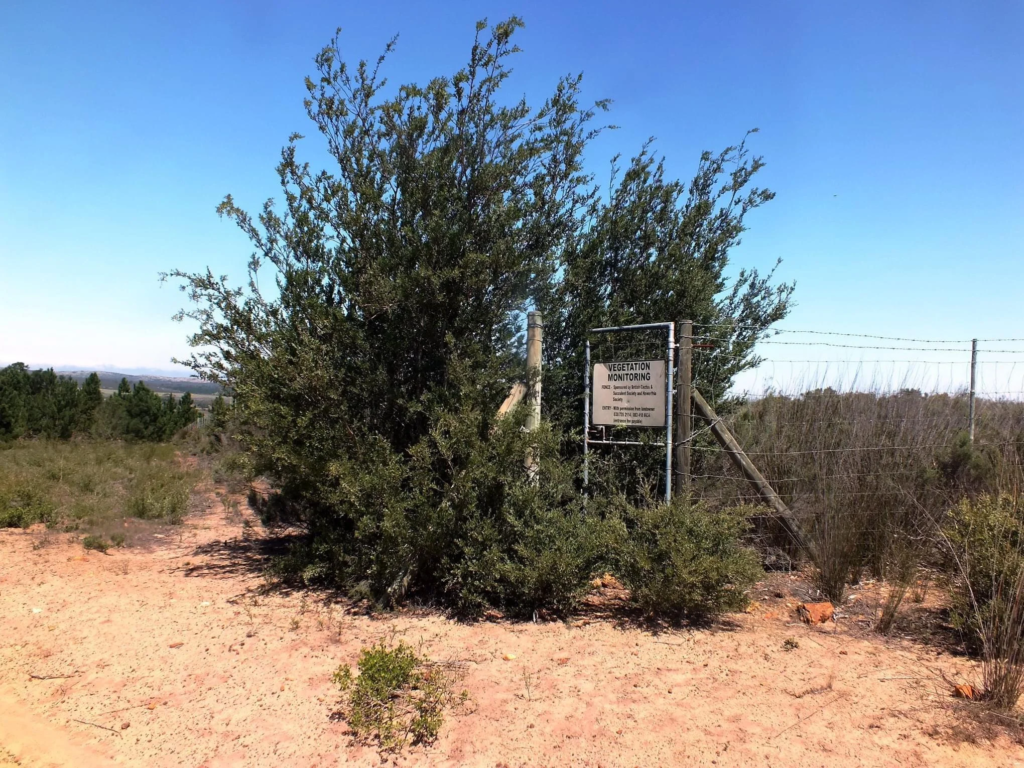
This is the Soutpankoppies gulag. That beautiful handsome shrub at the gate is one of our most undesirable alien weeds; Australian myrtle. The plants are in an area of exposed surface rock with short arid renosterveld shrubbery neighboring a windblown sandy plain of restioid fynbos. Weed infested. Trees like pine and gum and myrtle. I can’t remember when Bob Kent and Kobus and I visited the area or who actually relocated these amazing plants. We did not see them where the gulag is – we never even looked there. They were in a sandy patch not far away. Huge stunning things. Kobus Venter must have pictures. It was plants from here that Nature Conservation required me to identify in a case pending against poaching and theft. The culprits trying to incriminate me with a picture of countless H. variegata vegetatively propagated at Sheilam in my KG drive to switch from field collecting to intention to benefit trade and collectors. Very funny because I was driven out of NBG effectively by a management that wanted to hog the trade it had no knowledge or expertise for. Enclosures like this are mindless. The problem and subject had been thrown about countless times in my contacts with Nature Conservation and considered hopelessly impractical for all the many miniature local endemics. 75 years of Botanical garden effort has indicated the difficulty of even doing this effectively for so many species by ex situ cultivation. What we all do not and will not grasp is that species are not these one-off wonders. They are either remnants of decadent systems or temporary showpieces of modern times. It is the systems and the greater system that needs focus. We cannot even grasp the whole while we fiddle with little bits here and there in total confusion fighting amongst ourselves. I forget to mention the drama about the gate!
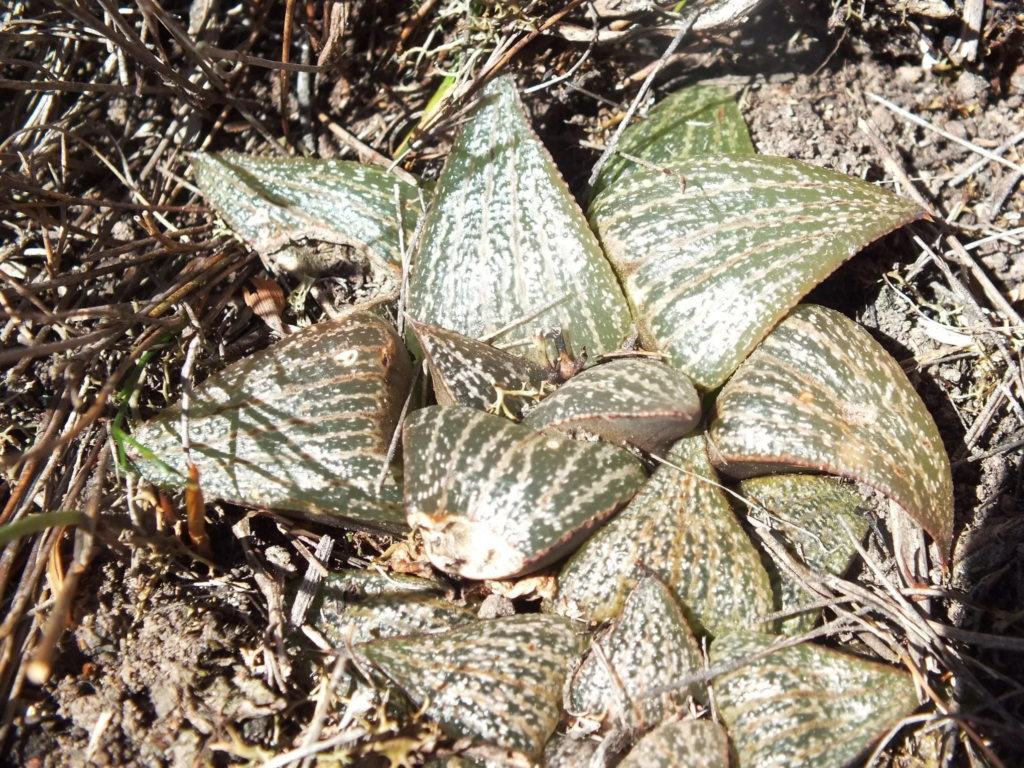
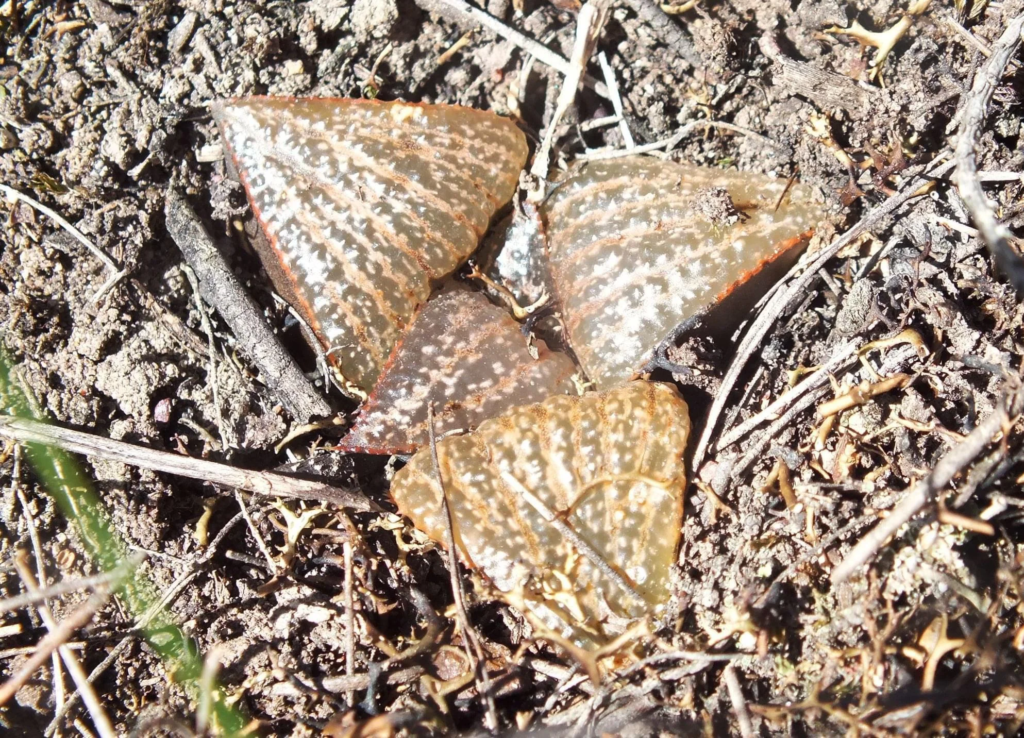
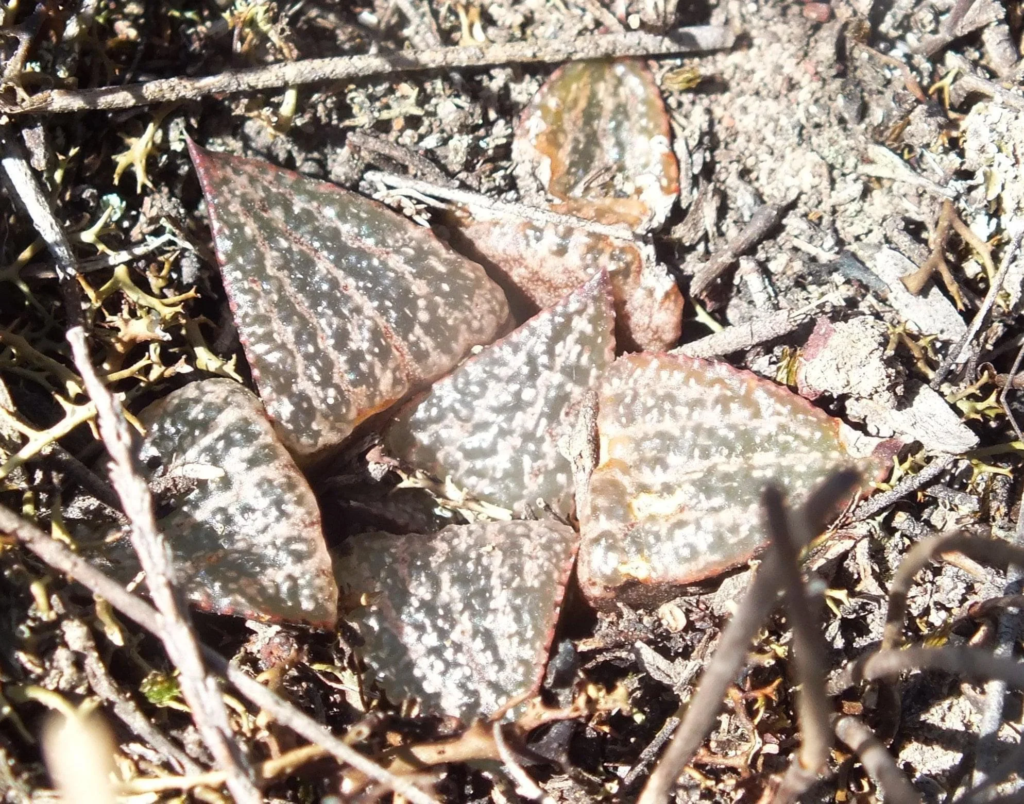
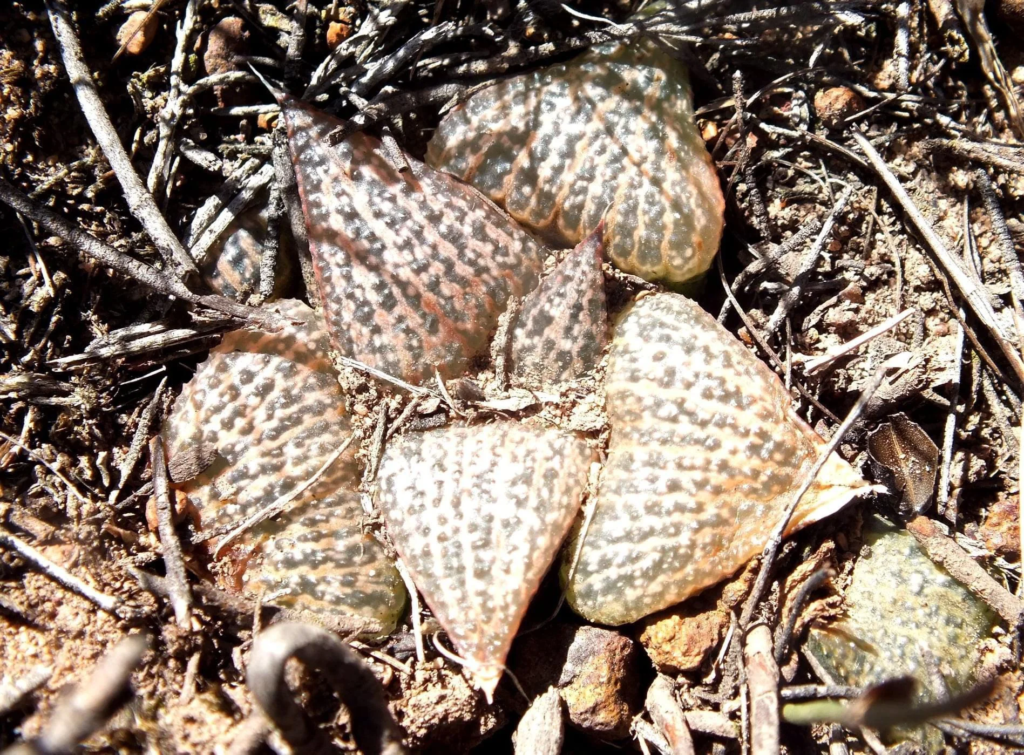

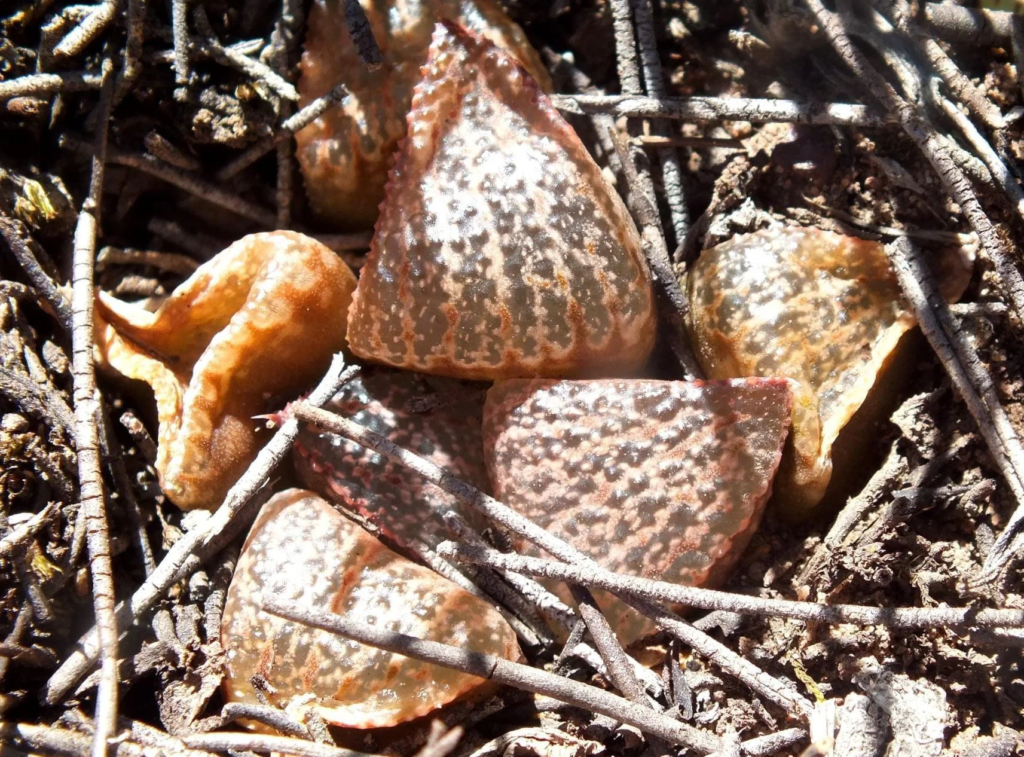

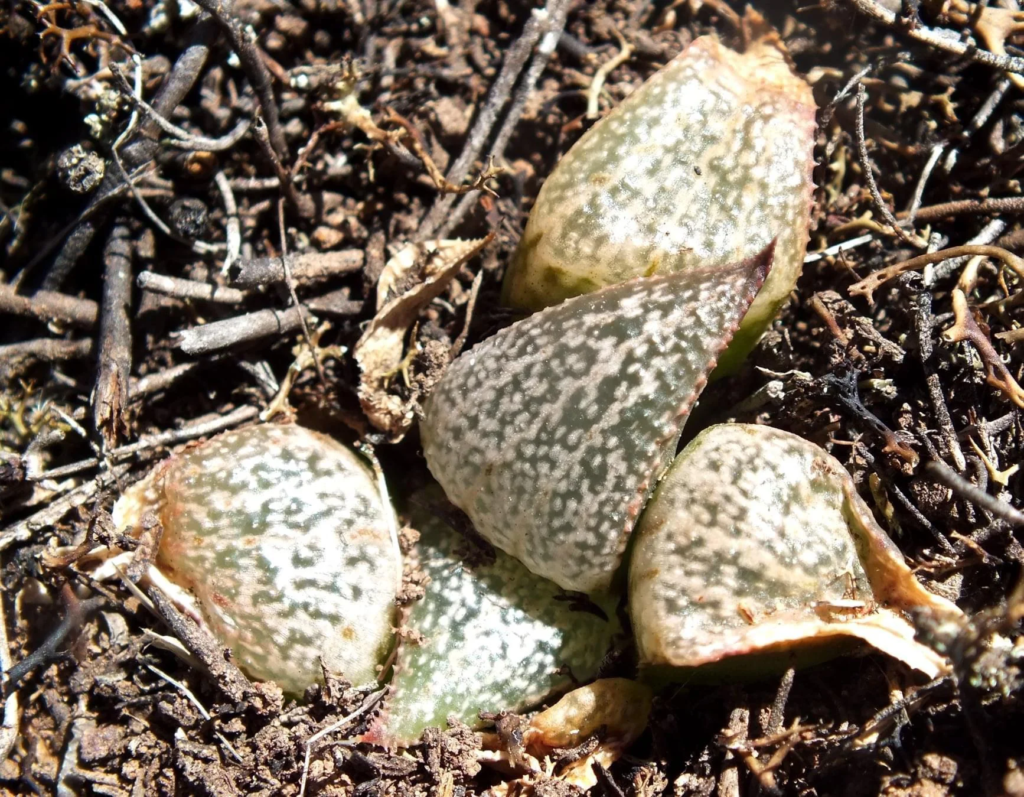
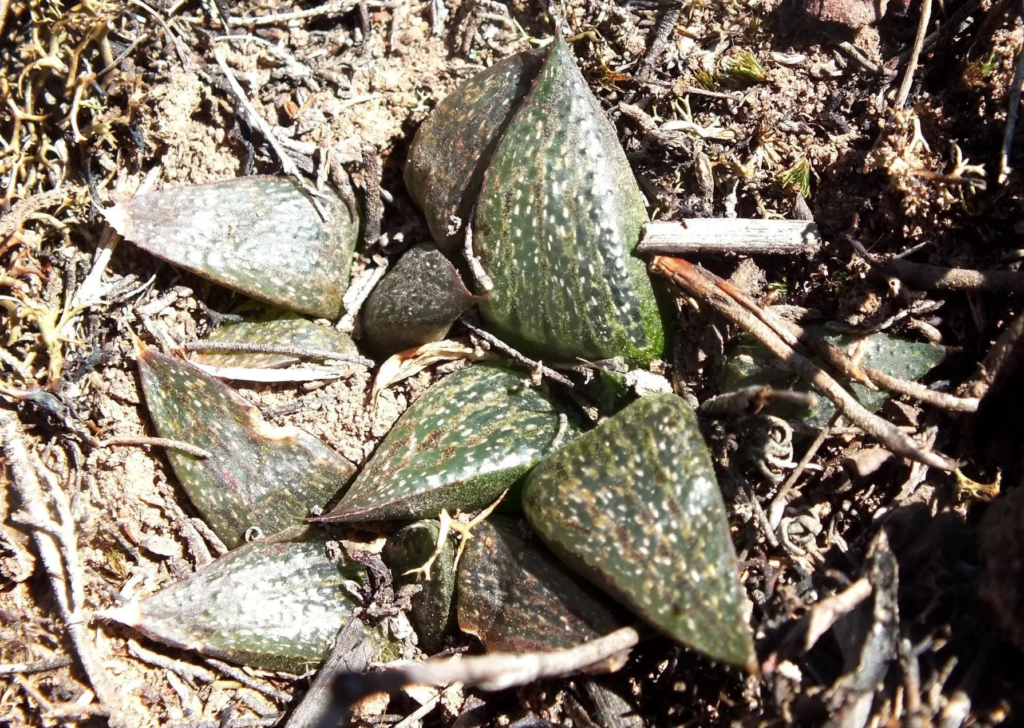
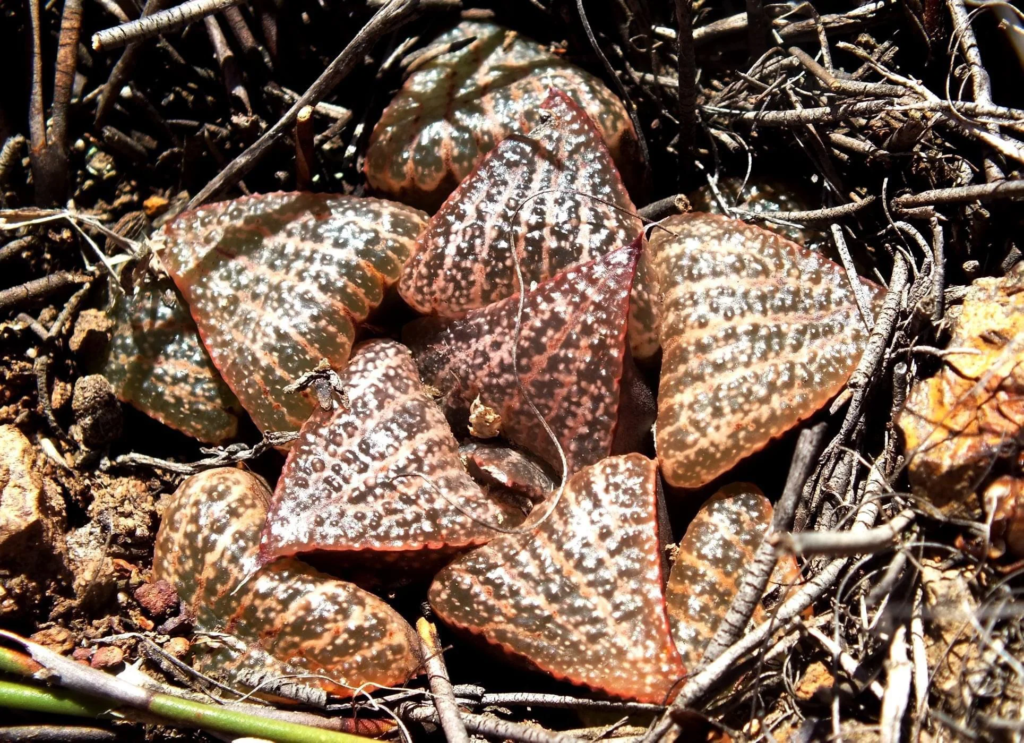

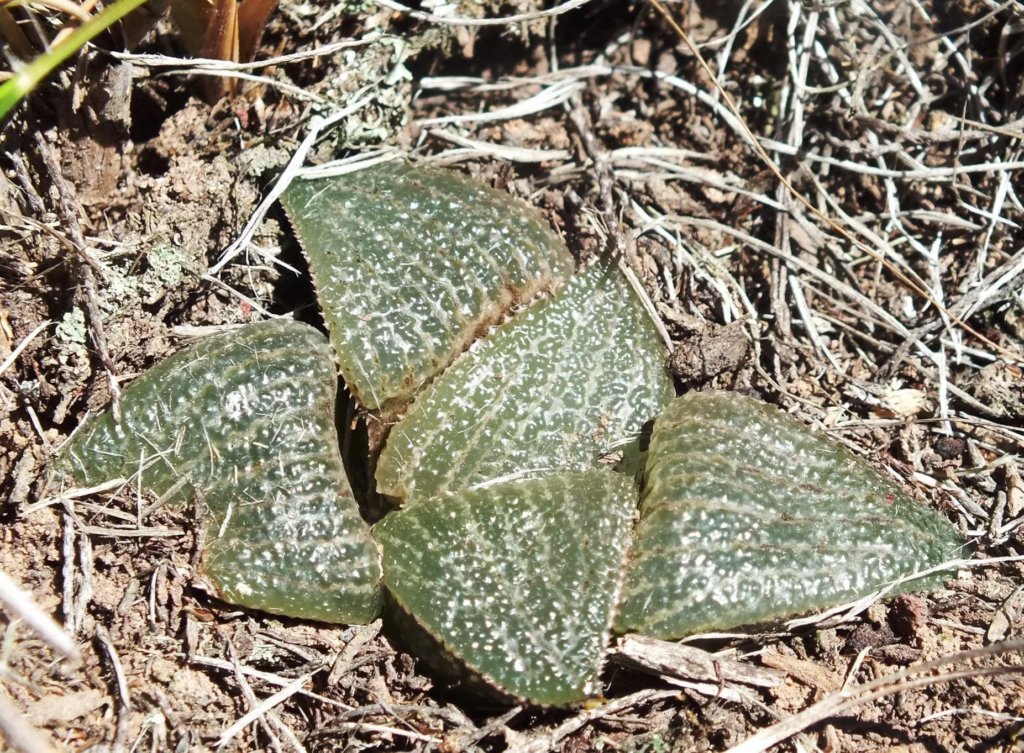

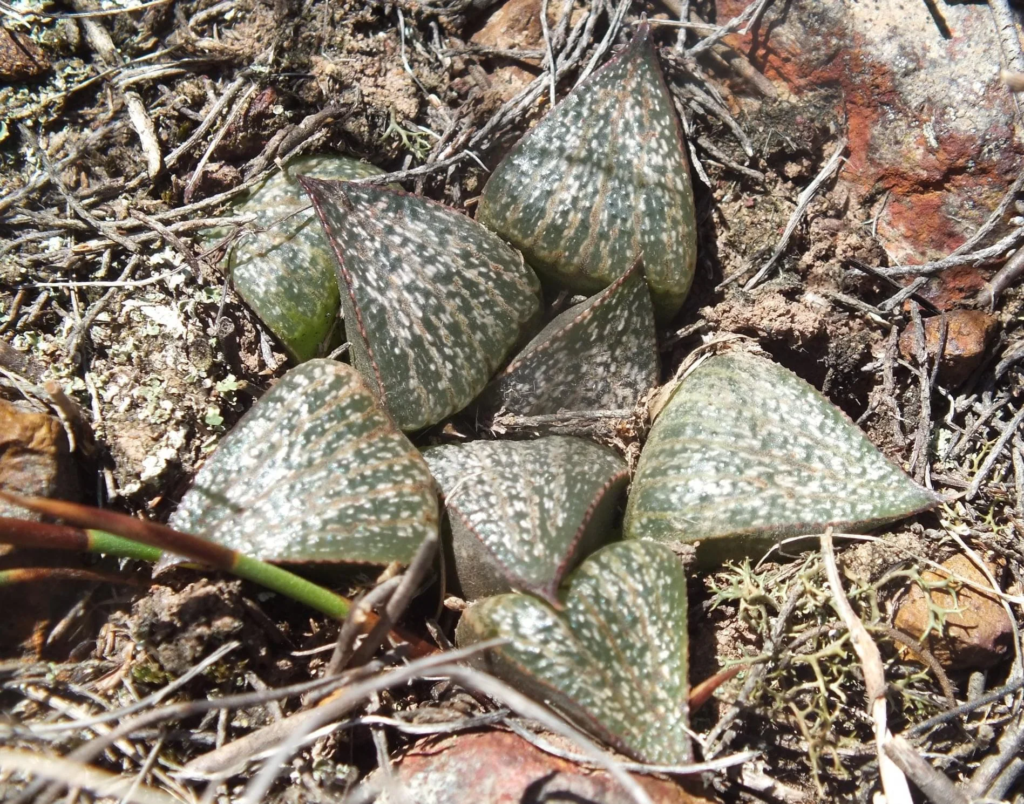
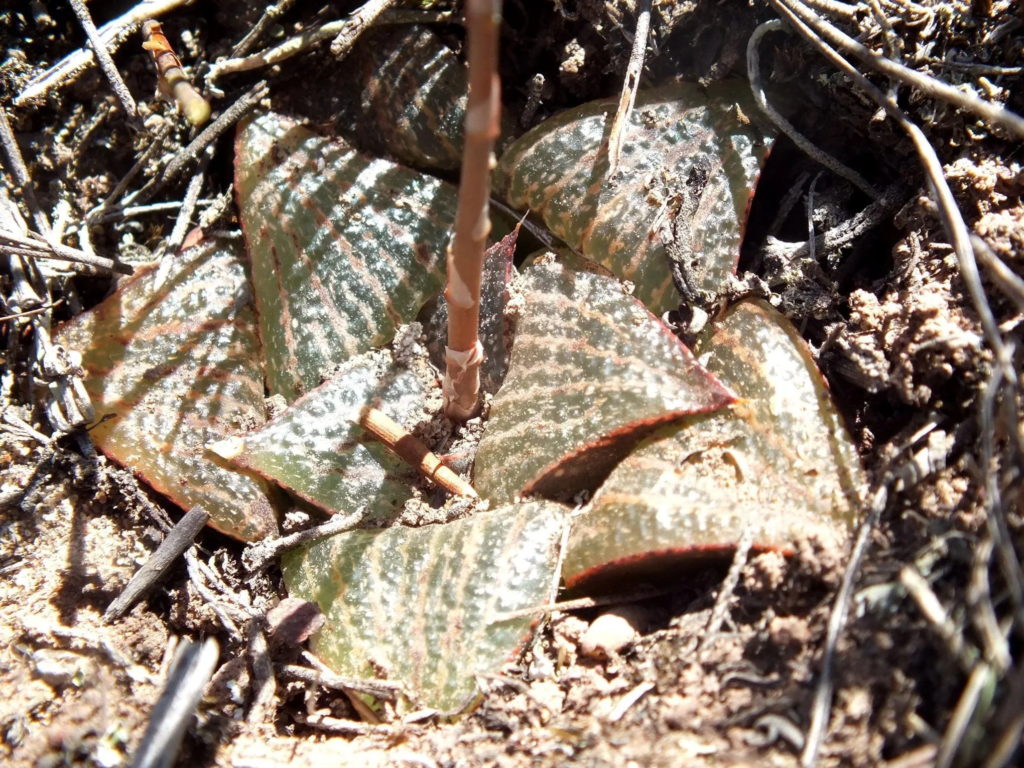
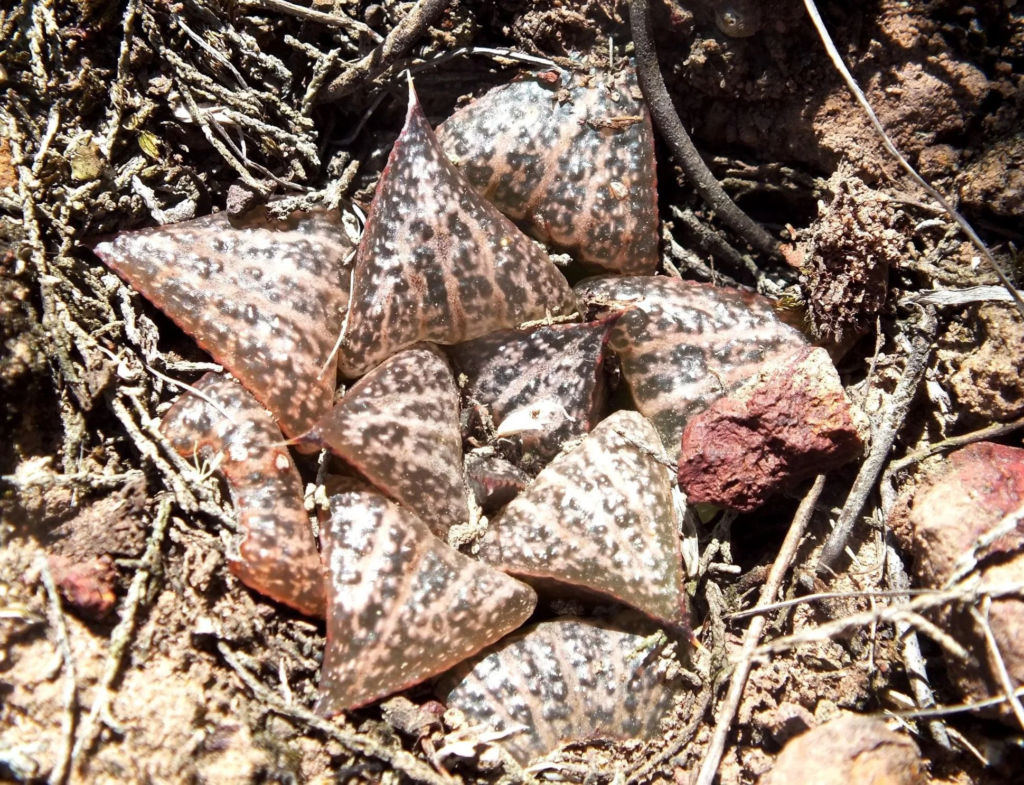

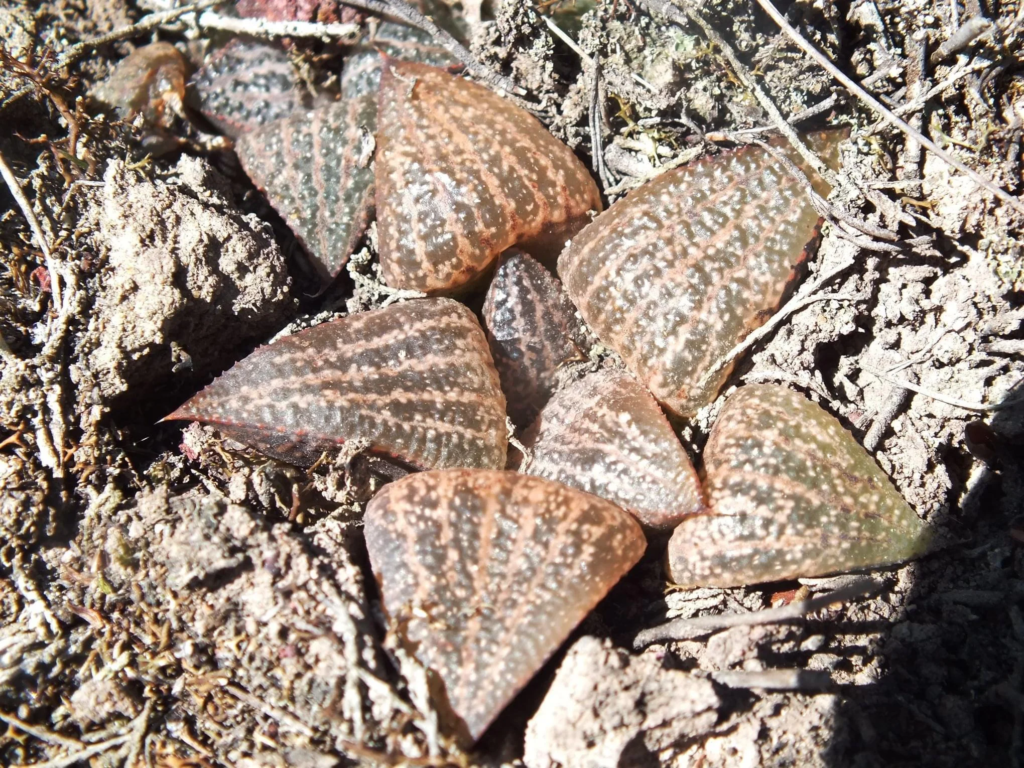
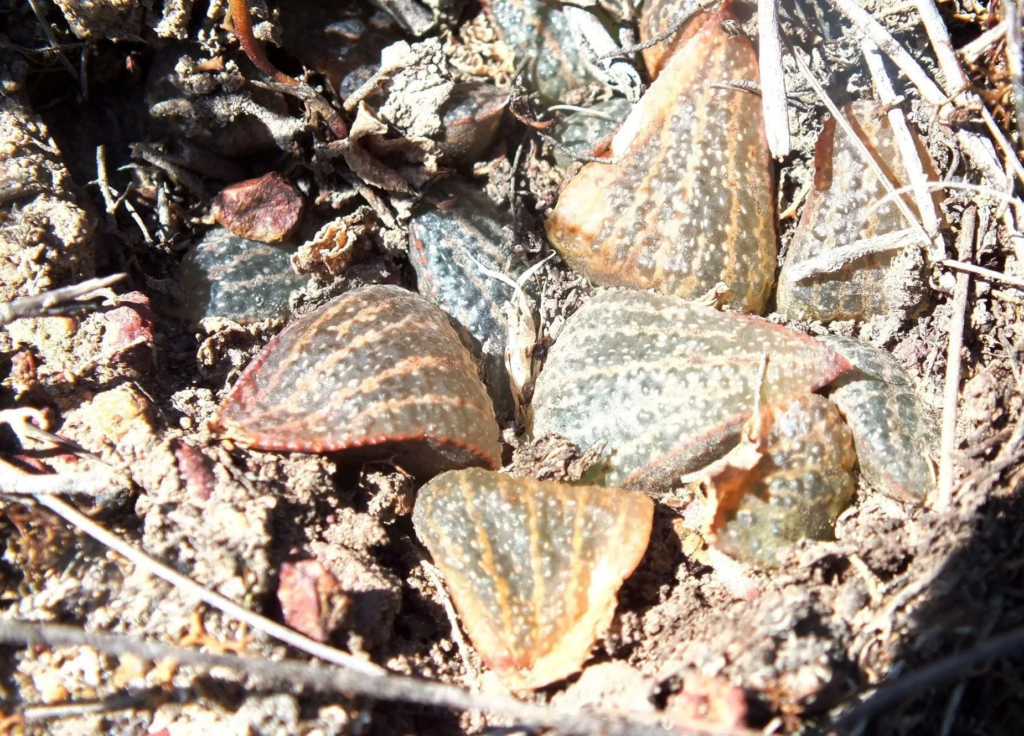
The gulag is a small enclosure built around a spectacular variant of H. mirabilis that some insist must be a species. Nobody can deny that it is spectacular and as such worth making the effort to preserve for all time. So, this Gulag has been established to do so. I think it was funded by a British Cactus and Succulent Society. I wonder if I can explore the ramifications for this single population and for conservation in the wider sense.
In the narrow sense it is worth noting that there was a population virtually in a farmyard a bit to the west that seems to now be extinct. There is also the population that Bob Kent, Kobus Venter and I visited/found way back in history. It occupied about 25 sq m in a sort of sandy wasteland maybe with some small indication of shale. The plants were dramatic. Subsequent in history, Nature Conservation apprehended a plant thief in possession of too many plants from too many collections. The plants were brought to me to be identified while I was also shown a photograph presented to the officials of plants with my personal collecting number taken in a commercial nursery. I do not want to create a distraction but I should explain that my number and associated plants came from the Karoo Botanic garden and my relation with the owners of the nursery definitely suggests some sort of malfeasance on my part. This is actually a separate story altogether and I will explain elsewhere. Essentially the stolen plant hoard contained about 10 specimens of Haworthia “splendens” that from the size and spectacular beauty must have come from the site Bob, Kobus and I found. It must be about 100m from the subsequent Gulag. I have been back twice to re-locate the place but the alien weed infestation is now so bad I simply could find no trace. I consider I might have missed the spot. But it was on the same trip that I visited the Gulag. It was quite a mission to find the farm owner. He was elderly and had just recovered from a serious heart attack. But he was helpful and courteous and took us to the Gulag. First, through a locked farm gate that he struggled to deal with due to his health condition. Then he came to the Gulag that my photograph shows. He laboriously took out the key and tried to laboriously open the lock. After a long struggle he gave up and took out his cell phone. After a wait of about 15 minutes a small pick-up roared to the scene and came to a screeching halt at the gate. Presumably the farmer’s son otherwise engaged in some hard work necessary to production. Leaping out of the bakkie/pick-up with not a word to anyone, he attacked the lock with a vengeance, threw the gate open and left the way he had come – in a cloud of dust.
Now OK there were many plants on the small rocky outcrop or ridge above the sandy waste visited years before. But now let us look at the sense of this. The conception of the enclosure is that the population is now protected from animals and people and also to suggest it will be kept pristine from natural changes both as coming from farm activity, alien weed infestation and cosmic catastrophe? Who actually knows? It is again decidedly fuzzy around the edges. The conception is that the farm owner is idling away in a rocking chair while the farm produces an income other than, and in addition to, the additional revenue from a stream of enthusiasts lining up to pay for a chance to enter the Gulag and view these unique wonders. But hang on. Firstly farming is hard work. Visitors may arrive when the farmer is bound tight in a schedule of planting, or harvesting, or sorting stock, or vaccinating cattle in a tight period of a few days critical to the annual income. No wonder the violent attack on the gate. Some land owners resent the declaration of a rare something on their property and the onus of conservation. Haworthia “opalina” is a case in point. This very rare jewel and its fate involved the same individual who conceived the Gulag. It is interesting that the “opalina” landowner may have used Glyphosate (Roundup) weedkiller to end the GPS driven seekers breaking down his fences to plunder plants.
Secondly, how many enclosures are we going to need to apply this conservation ethic or methodology equitably to “rare species” of all kinds – plant and animal? For how long? Twenty years, 50 years, 200 years? Are we thinking of a museum to even house dinosaurs we re-create from their DNA. It comes down to what we know of creation and the species that comprise it. When we cannot even be sure what a species is and how it varies, or remotely how it is distributed and perpetuated in nature. We do not know how it came to be in the first place. Darwin’s theory is just that viz. another fuzzy attempt to mechanistically explain what we do not know.
Addendum: Since writing this note my attention was drawn to articles extolling the conservation project and construction of the Gulag. It necessitates me saying that there is a considerable about more to the topic than I can possibly write. If the plants are so enchanting, spectacular and valuable aesthetically, surely the most obvious recourse is to ex situ cultivation. There are no doubt already thousands in the possession of collectors worldwide. There are other aspects too. If grazing animals are such a threat why not extol the merits of vegetarianism with porcupines allowed in the diet. The threat of thatch harvesting vehicles in this case is a bit of a thumb-suck to strengthen a point of view. People are involved here and those involved should not see my point of view as a criticism or personal attack on them, or as a defence on my part.
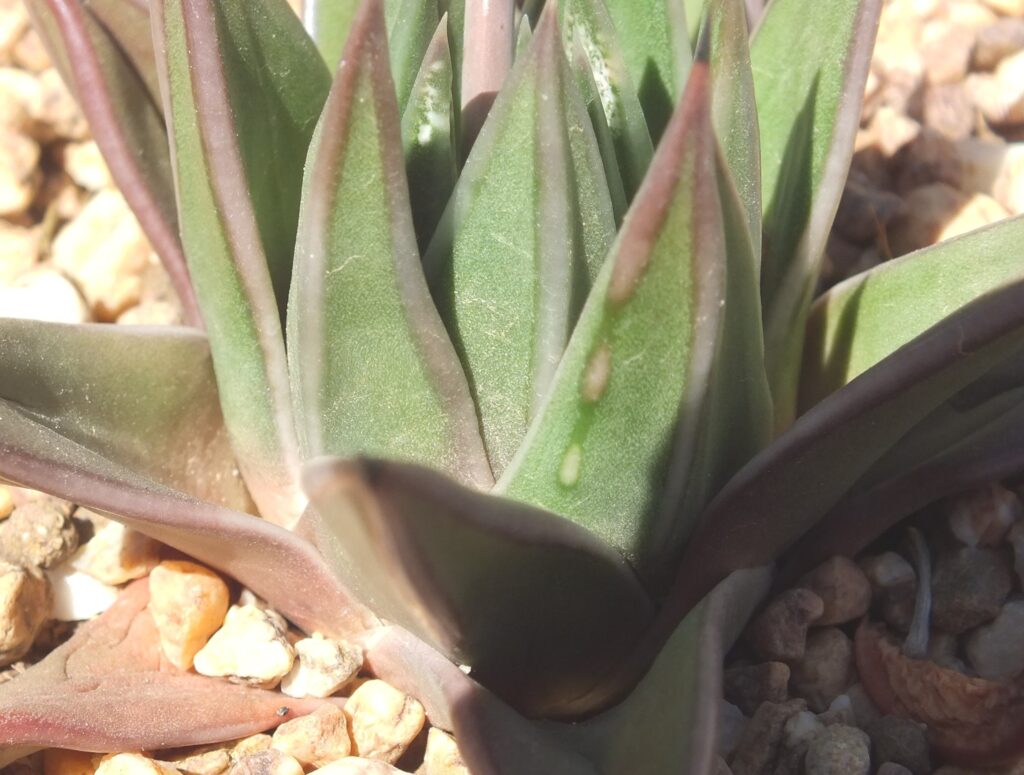
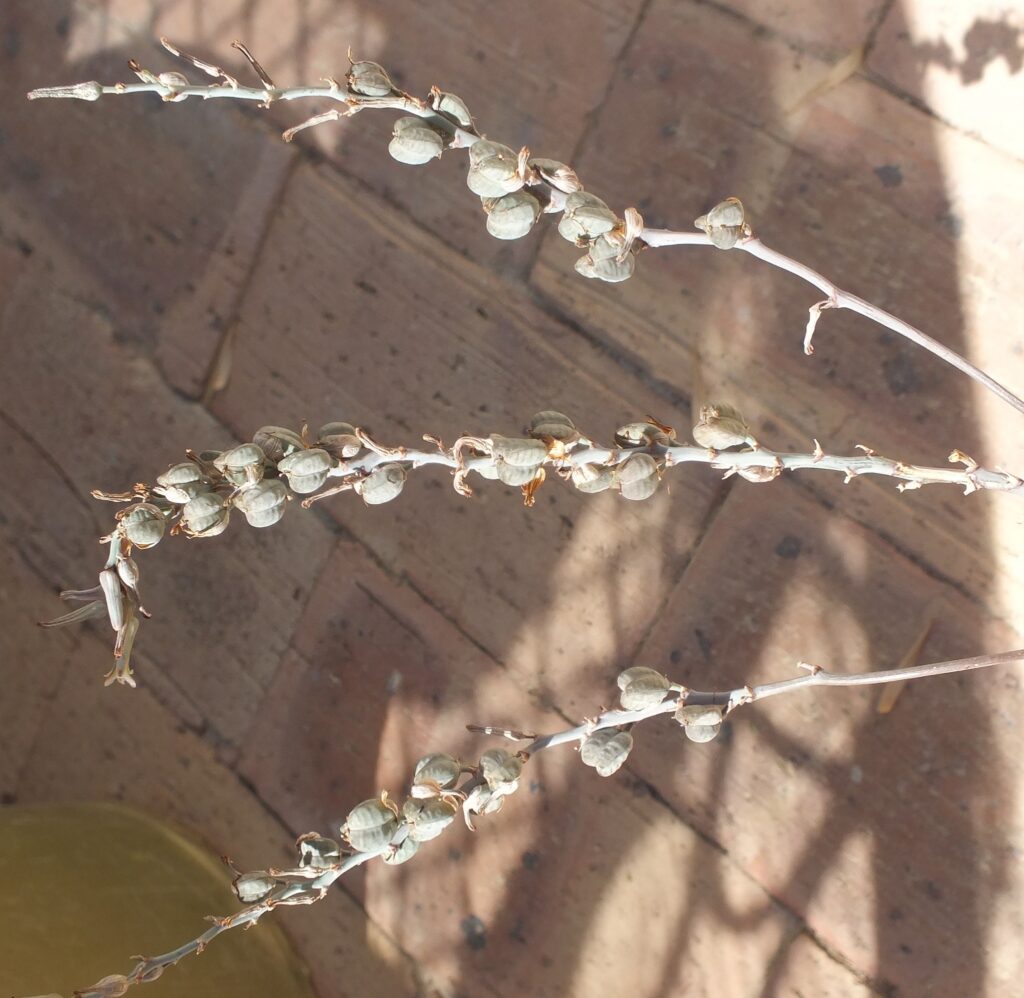
All very fortuitous. Synchronicity. Not aesthetically pleasing but these pictures are to tell a story illuminating this absurd Gulag nonsense. I cannot count how many times I have been in the close vicinity of these plants. This small population is in the road verge. I have seen it 3 other places approximately here. I stole 3 seedlings because they were in a thicket of seedlings in a roadside drain. Who knows how road maintenance engineers are intently destroying road verge and the immense value they have as conservation sites. I once saw a unique population of Aloe humilis on the road verge east of Calitzdorp on the road to Volmoed. But it was a roadside embankment and can you believe on this minor backroad, harming and threatening no one, it was graded away to fulfil the insane policy to maintain roads to the fences. I have not otherwise seen that I can remember or never registered Aloe humilis east of Baviaanskloof in all my extensive travels. If nature conservation had seen me as I nabbed these doomed seedlings of marginata, I faced confiscation of my vehicle, a fine and a criminal record. Who can explain the humiliation I have been exposed to in my life as a naturalist applying for endless permits and being scrutinised by dimwits and ignoramuses who have never been off their office chairs. Here in cultivation they are doing extraordinarily well and a visiting solitary bee religiously combs the peduncles on a daily basis if not hourly. Whatever a Botanic garden may do with a collection like this, this seed is valueless for field conservation – but invaluable for collectors and enthusiasts who want to see and grow these magnificent plants that they may never encounter otherwise. It is a basic human right that we have this access to nature. Who the hell are these bureaucrats taking away our freedoms and our sovereignty? Do we build a roadside enclosure? Because sheep are devouring them on a place across the fence. Do we re-locate them to a spot that nature has never assigned to them, and so mess with that plant association? Who asks these questions? Who can answer them truthfully.
Emile Heunis adds
I once saw a color coded map of the Western Cape that showed all areas that have been developed and therefor destroyed by human activity. Those areas were shown in white. 90+ percent of the Western Cape shows in white!! The question that follows is, what effect this has on understanding what is left out there? Whatever we come to understand , does not include the full story.
In 370+ years humans have destroyed 90+ percent of natural land in the Western Cape. It is also said that more than 90, perhaps 98% of all living creatures, plants etc. have become extinct!!
The next question is, should we care about the preservation of Haworthia mirabilis f. gulagii? If we do, it is only to allow future generations to do what we did the last 300years. To need it, to enjoy it, to kill it.
Our time on planet earth is limited to +/- 80 years per generation. Keep in mind, mankind’s time on earth is ticking away. The sun is expanding and there will come a day when the last spacecraft will leave earth on its way to Mars.
Perhaps scientists have already begun to freeze cells of all the material we might need or care about, and take that to our future destination. Whether there will by space on Noah’s space Ark 2 , for Haworthia mirabilis f. gulagii‘s tiny icy cells, is for our future Facebook Haworthia Shucked followers to fight for. By then ,there will be no Department of Nature Conservation, and therefore no officials to post the parcel.
The only hope is that Darwin’s theory is already at work on Mars and that by the time man set foot on Mars, Bruce and Daphne’s descendants would live up to their predecessors good intentions and explore the hills and valleys of Marsian country. It would be very amusing if all the localities they find, are fenced and locked with rusted locks.
Until then, long may the Gulag locality live in peace, thrive and spread its genes on the surrounding sandy areas.
♦
